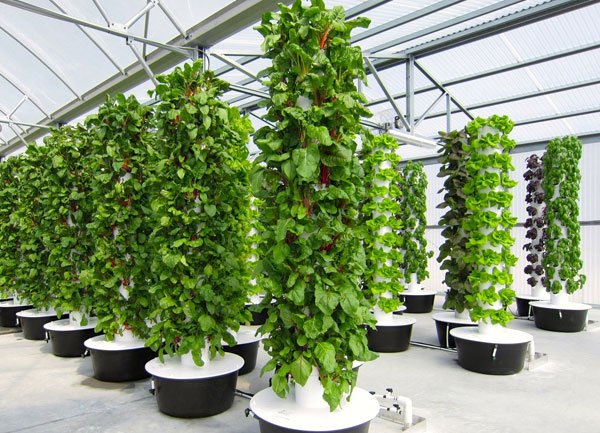
In recent years, the concept of vertical hydro farming has emerged as a beacon of hope for sustainable agriculture in urban environments. Traditional farming methods face numerous challenges, from limited space to water scarcity and environmental degradation. However, vertical hydro farming presents a revolutionary solution that maximizes yield while minimizing resource usage. Let’s delve into the world of vertical hydro farming and towers, and explore their potential to transform the future of agriculture.
Understanding Vertical Hydro Farming:
Vertical hydro farming is a soilless cultivation method that utilizes vertically stacked layers to grow crops in a controlled indoor environment. Unlike traditional farming, which relies on soil, sunlight, and large expanses of land, vertical hydro farming harnesses the power of hydroponics and aeroponics to deliver water, nutrients, and oxygen directly to the plant roots. This innovative approach eliminates the need for soil, conserves water, and allows for year-round cultivation regardless of climate or geographical constraints.
The Role of Hydro Towers:
At the heart of vertical hydro farming are hydro towers, modular structures designed to accommodate multiple layers of crops. These towers optimize space utilization by stacking plant beds vertically, thereby increasing the growing capacity within a limited footprint. Each tower is equipped with a sophisticated irrigation system that delivers water and nutrients to the plants in a precise and efficient manner. Furthermore, hydro towers can be tailored to fit various indoor and outdoor settings, making them suitable for a wide range of applications, from commercial farms to residential gardens.
Advantages of Vertical Hydro Farming:
- Maximized Yield: By stacking crops vertically, hydro farming maximizes the use of available space, leading to higher yields per square foot compared to traditional farming methods.
- Water Efficiency: Hydroponic and aeroponic systems used in vertical farming consume significantly less water compared to conventional agriculture, making it an eco-friendly alternative in water-scarce regions.
- Year-Round Cultivation: With controlled indoor environments, vertical hydro farms can produce crops year-round, eliminating seasonal constraints and ensuring a steady supply of fresh produce.
- Reduced Environmental Impact: By eliminating the need for pesticides and minimizing water usage, vertical hydro farming reduces environmental pollution and promotes sustainable agriculture practices.
- Local Food Production: Vertical hydro farms can be established in urban areas, bringing food production closer to consumers and reducing the carbon footprint associated with transportation and distribution.
Conclusion:
As we confront the challenges of feeding a growing global population while preserving our planet’s resources, vertical hydro farming emerges as a beacon of hope for sustainable agriculture. By harnessing the power of technology and innovation, we can revolutionize the way we grow and consume food, ensuring a brighter and more sustainable future for generations to come. It’s time to embrace vertical hydro farming and towers as catalysts for change in our journey towards a greener and more resilient world.